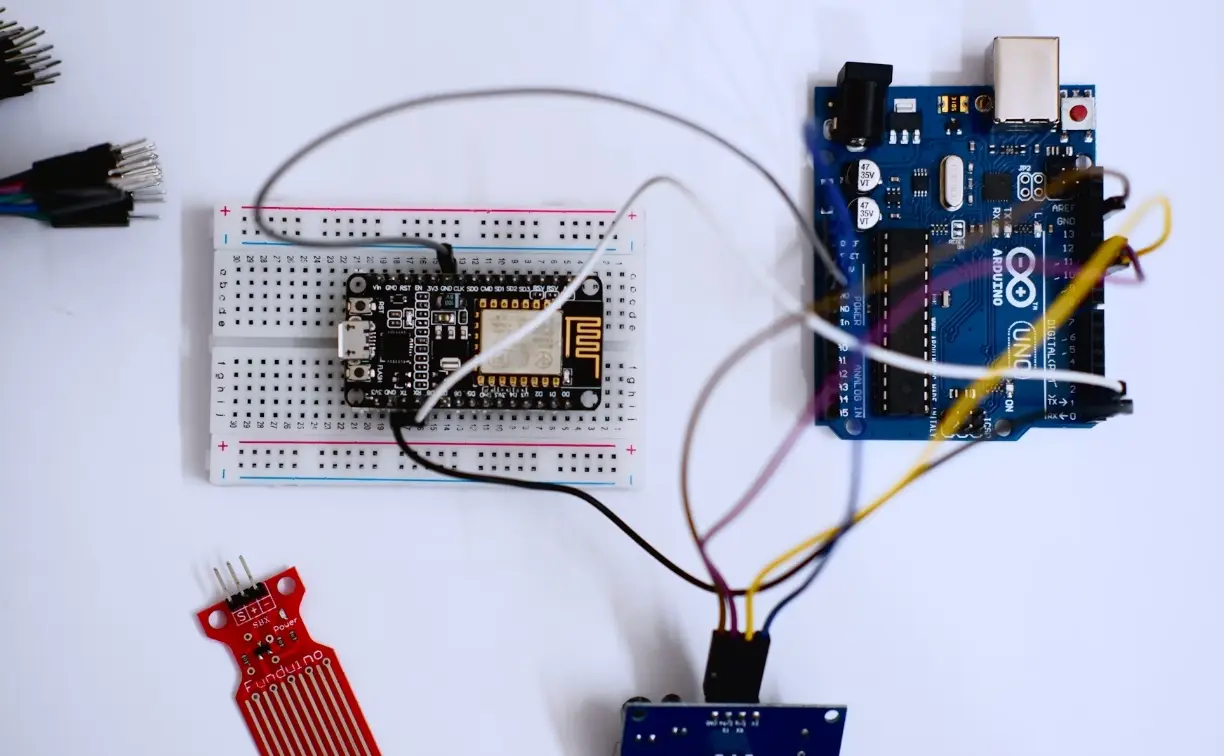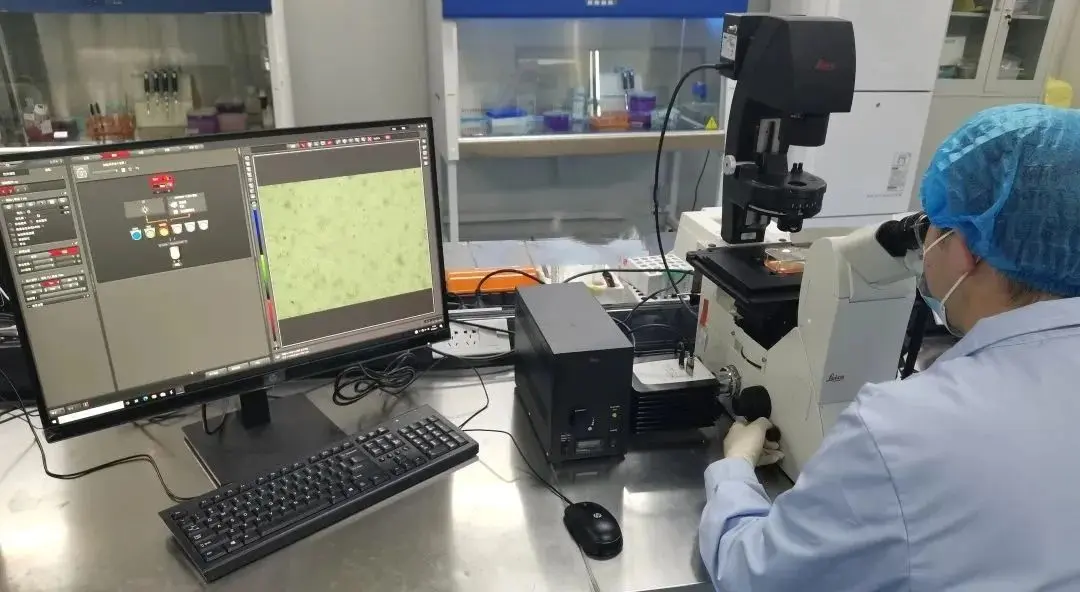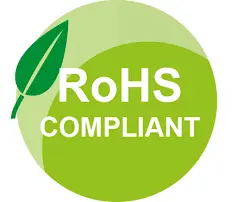
CPSIA Compliance for Toys
U.S. General Testing Standards for Children’s Toys
- 16 CFR Part 1303: Lead content in paint and surface coatings
- 16 CFR Part 1307: Phthalates
- 16 CFR Part 1500.51: Small parts – products intended for children aged 0–18 months
- 16 CFR Part 1500.52: Small parts – products intended for children aged 18–36 months
- ASTM F963 4.3.5.1: Heavy metals – paint and similar surface coatings
- ASTM F963 4.3.5.2: Heavy metals – toy substrate materials
- ASTM F963 4.25: Battery-operated toys
- 16 CFR Part 1505: Electrically operated toys (AC poweRED)
Toys with special features are subject to specific standards. The applicable testing standard must be determined based on the product itself. The CPSC website provides a test standard search service. Please click the following link, select or enter the product category, and generate the final report:
CPSC RegULatory Robot:https://business.cpsc.gov/robot/

Additional Regulations for Specific Products
- 16 CFR 1216: Infant walkers
- 16 CFR 1216: Infant bath seats
- 16 CFR 1217: Toddler beds
- 16 CFR 1218: Cradles
CPC — Children’s Product Certificate
A Children’s Product Certificate (CPC)must include seven elements:
a. Identification of the product covered by this certificate:
Description or model information of the product.
b. Citation to each CPSC product safety regulation:
List of U.S. regulations or standards that apply to the product. These depend on the test results for the specific product.
c. Identification of the importer or domestic manufacturer:
The U.S. importer or domestic manufacturer responsible for compliance.
d. Contact information for the individual maintaining records of test results:
Usually, the contact details of the applicant or testing company.
e. Date and place where the product was manufactured:
Include month and city only.
f. Date and place where the product was tested for compliance:
When and where the tests were performed.
g. Identification of the third-party, CPSC-accepted testing laboratory:
The name and contact information of the CPSC-accredited lab that conducted the tests.
Sample Children’s Product Certificate (for a Toy)
1. Identification of the product covered by this certificate:
Children’s Toy Shape Sorter, Model “Show and Tell,” 34kTy, Blue, Red, Yellow Models
2. Citation to each CPSC product safety regulation:
- 15 U.S.C. § 1278a (preferred citation) or Sec. 101 of the Consumer Product Safety Improvement Act of 2008 (cpsia), Ban on Total Lead Content exceeding 100 ppm in Children’s Products
- 16 CFR Part 1303, Ban of Lead-Containing Paint and Certain Consumer Products Bearing Lead-Containing Paint
- 16 CFR Part 1501, Small Parts Ban for Toys and Articles Intended for Children under 3 Years of Age
- ASTM F 963-17 Section 4.3.5.2, Heavy Elements in Accessible Toy Substrate Materials
- 16 CFR Part 1307, Prohibition of Children's Toys and Child Care Articles Containing Specified Phthalate.
Other Mandatory Laws and Regulations
- FCC SDoC(for electrically powered toys)
- fcc id(for wireless-enabled products such as Wi-Fi, Bluetooth, etc.)
- LHAMA / ASTM d4236– Art materials (crayons, pencils, chalks, inks, glues, paints, canvases, etc.)
- Pennsylvania State Regulations– Stuffing materials in toys
- CONEG / TPCH– Packaging material requirements
- Washington State CHCC– Children’s Safe Products Act
- U.S. Public Law 104-142 (HR2024)– Battery regulations
Voluntary Standards
- UL 696: Electric Toys
- UL 498: Attachment Plugs and Receptacles
- UL 83: Thermoplastic-Insulated Wires and Cables
Email:hello@jjrlab.com
Write your message here and send it to us
 How to Know If My Product Needs Prop 65 Warning
How to Know If My Product Needs Prop 65 Warning
 SVHC Compliance Services
SVHC Compliance Services
 Toxicological Risk Assessments
Toxicological Risk Assessments
 European REACH Requirements for a New Product
European REACH Requirements for a New Product
 CPSIA Compliance for Toys
CPSIA Compliance for Toys
 What Are CE and WEEE Marks
What Are CE and WEEE Marks
 What Are WEEE Regulations
What Are WEEE Regulations
 California Proposition 65 Testing
California Proposition 65 Testing
Leave us a message
24-hour online customer service at any time to respond, so that you worry!




